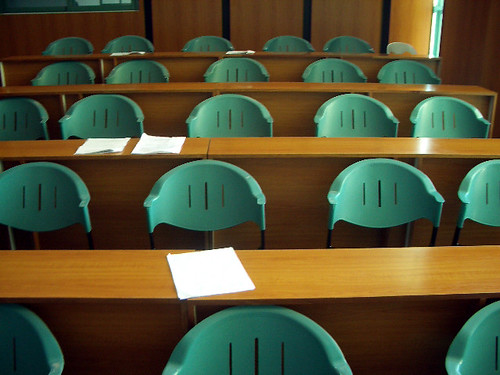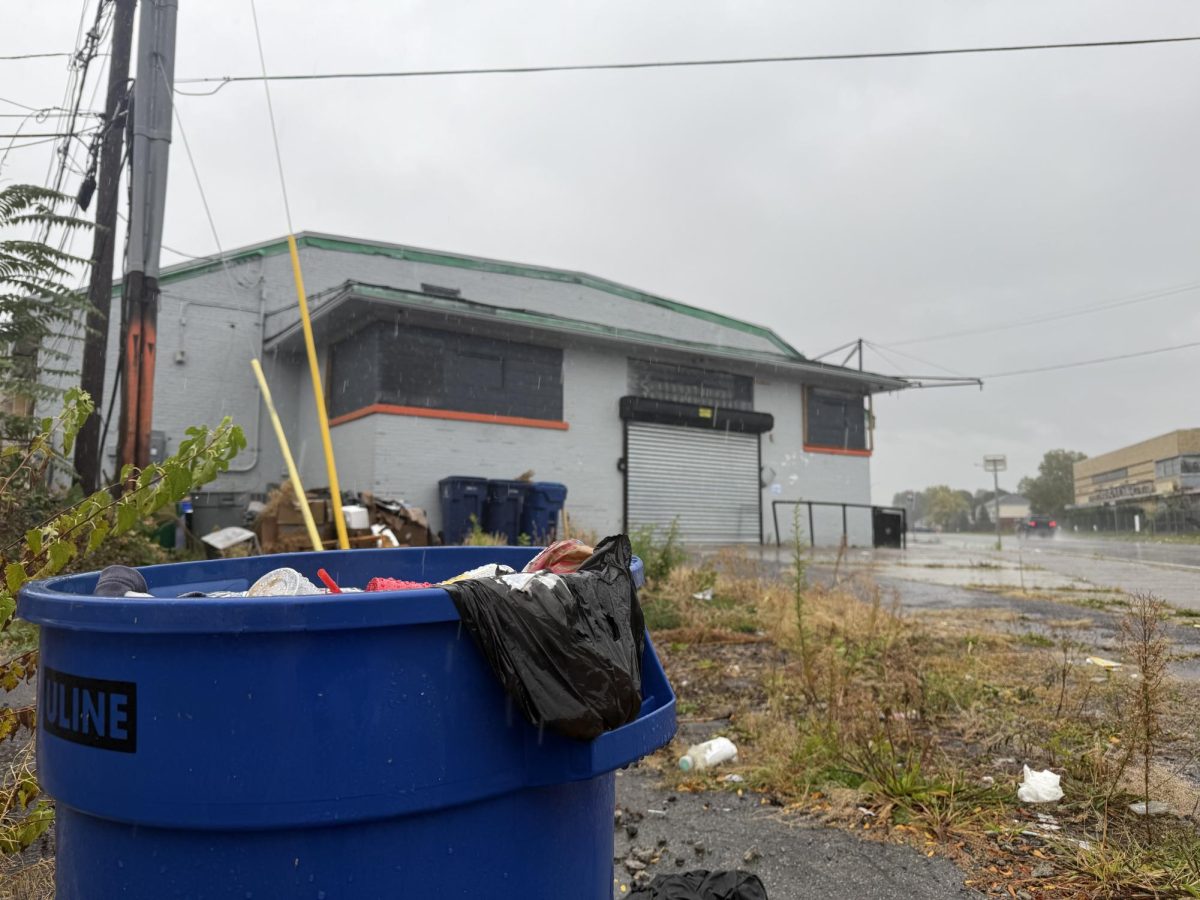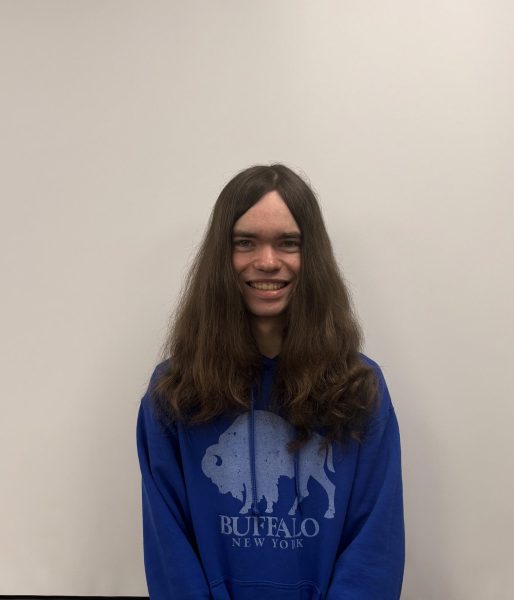On Anti-Oppressive Teaching Pedagogy: An Interview with Professor Anna Zeemont
June 7, 2023
As the United States continues to prioritize social justice, it is apparent that societal institutions need to move past traditional power structures in our society. In terms of education, a particularly notable approach would be anti-oppressive teaching, an approach that rejects the traditional norms and structures inherent in our society and provides a space of learning for all students, of all genders, races, socioeconomic class, ethnicities, and abilities/disabilities. Simply put, anti-oppressive teaching allows for an equitable classroom.
Anna Zeemont, an assistant professor in the English Department at Buffalo State University, focuses her research on anti-oppressive, multi-modal methods and approaches as well as embracing and infusing social justice in the classroom. Professor Zeemont offers an overview of anti-oppressive pedagogy during an interview.
1) Could you please provide an overview of your research on multimodal, anti-oppressive teaching models? What motivated you to explore this topic?
My work is pretty interdisciplinary, and I think that those are two different topics that do really interest me. When I think about writing that’s not just alphabetic text on pen and paper, usually following a certain structure that is standardized, writing includes all different kinds of modalities, so digital, visual.
And, also thinking about more audiences besides just the professor: So, how can students be writing to the people that they care about and about the issues that they care about the most in in the ways that feel like authentic to them? As for the anti-oppressive part: I think there’s different words that I’ve used to describe this at certain points. It’s really anti-racist, anti-queerphobic and anti-ableist teaching practices.
I’m really interested in trying to unlearn certain assumptions that, as educators and as students, we sometimes have in the writing classroom, about what writing can mean. And, sometimes those assumptions will end up reproducing inequalities that exist outside of the classroom. I try to do a lot of thinking of how I can be teaching in a way that is trying to make space for everyone, and trying to kind of push against some of the hierarchies that exist.
So, I’m in a few different disciplines, like I go to conferences for like multiple fields and stuff like that. But one of the main ones that I kind of identify with the most is called Composition and Rhetoric. That is a field that studies, among other things, the teaching of writing. Rhetoric is basically the ways that all different kinds of communication convey arguments or convey particular messages. So, there’s some overlap with people who study literature or art or something. But, if you’re studying rhetoric, that means that you have a broader space of what you might look at.
When I was an undergrad in college, I took a class to work at my college writing center, that was peer-run (there’s one here, too), and I took it not because I liked writing. I actually hated writing, and I still find writing very hard; I was interested in teaching. I’d done some teaching stuff before that, but when I got into that class, all of a sudden, I felt like I understood what writing meant and what it could be. And it’s funny that it took me taking a class about [teaching] it to learn that. I think after that, I definitely got the teaching writing bug.
In terms of thinking about becoming interested in explicitly kind of anti-racist and anti-oppressive pedagogies, that was really activated for me at the very end of college when there were some student protests that were initiated by black students. They were really talking about, among other things, the inequality in the curriculum and on campus, and that made me think more about how I could do this as a teacher.
After college, I taught at a middle school that was in a predominantly black and brown neighborhood, and the school was this charter school, and it was very kind of rigid and hyper-disciplinary. While I tried my best, I felt that the students were being woefully underserved by somebody who did not have a teaching credential. I loved the students and really connected with them, but it just felt like I started to see how different kinds of structural issues around funding and things like that really affected the school, and race and class. Those things really affect student learning and while I was teaching, I got interested in thinking about that from a theoretical perspective. The way that I think about teaching, it’s very related to theory. I don’t know that it’s always obvious in my classes. I wanted to go back to school to have more space to think about what I was seeing and trying to understand it more.
2) What are the key principles and components of an anti-oppressive teaching model? How does it differ from traditional teaching approaches?
I don’t think I’ll ever have all the answers. This is like my life’s pursuit, I think, trying to figure out the kinds of teaching practices that are anti-oppressive.
I think it is very hard to learn certain ideas about what schooling can look like, and it’s just really difficult work. I think the first thing is that you’re thinking about power dynamics in your classroom. So, you’re thinking about your own positionality as an educator in relation to your students. For me, it’s like I know that it’s impossible for me to be on the same plane as students, authentically just talking to me as if I were their peer. I’m not, though; I am their professor. I come into class and I’m standing in that location where the professor stands. I am also a white person, and so, that reinforces the built-in power dynamic. I do my best to try to subvert this in strategic ways. I really do believe in this idea of learning from your students as much as you’re teaching them and to really think of students coming into classes as already having a lot of expertise, especially in the area of writing and around critical thinking, just by virtue of their lived experience by simply talking and communicating with other people. Students–all students–have really authentic knowledge and expertise, and everybody has a different kind of set of knowledge because we’re not the same people.
So, obviously, my students have a lot to teach me as well. So, trying to move away from a very hierarchical imagination of myself and my students, and also knowing that there are inevitable power structures in place. And, then the multimodal stuff also really plays into how I think about anti-oppressive teaching practices. It’s trying to move away from particular definitions that might too often replicate who’s always done well in school and things like that. I really try not to assess my students on any knowledge that they came in with before my class. I teach freshmen writing a lot: if you’re grading people on knowledge from before, you’re just going to replicate the exact same kind of inequalities that exist outside of the classroom. For example, in my freshman writing class, we really try to think about ideas–I obviously will talk to students about any element of their writing, but I won’t assess students on or penalize them for just not knowing a particular grammatical rule or something like that, because that’s just simply something that would be unfair to the student.
We’ll have conversations about whatever they want, but I believe that all my students have something really wonderful to contribute. I think a lot of educators believe that. But I think for me, doing this kind of work as an educator is trying new things, I think every semester, teaching different kinds of texts. For me, it’s also about trying to have the writers represented in my assignments match relatively the demography of the classroom, meaning that I don’t want to teach 100% white writers, I don’t want to teach 100% non-disabled writers or 100% cisgender or straight writers. It’s important for me to really try to expand. Also, in terms of what kinds of tests they’re seeing as well, I don’t want students to see only traditional academic essays or something like that. I want students to be exposed to like different kinds of ideas. And, to see that they can find knowledge everywhere from like a published academic article to TikTok, that there’s all sorts of different valuable spaces and knowledge–it’s very broad.
3) In a college classroom, how might a multimodal, anti-oppressive teaching model be implemented? What kind of strategies could be incorporated into the classroom environment?
I don’t think there’s like one right answer. And, you always have to be open to trying new things. In terms of thinking about multimodality: I think that could look like assigning projects where students are writing, not just for me as the audience, but also have a public audience in mind. So, for example, in my Writing for the Professions class: students created the last one of their projects, which I called the “Call to Action” project, where students had to create some kind of call to action about a particular social issue or other kind of issue that they found important. That whole project was built with the idea of: what are the things that interested them? What are the communities that you want to speak to?
And, currently, they’re also creating websites, so there is this other audience that is kind of built in. I think that that can help ideally push away from some of the directional hierarchy between like me as some kind of authority on like Writing with a capital W or something to the idea that we’re all co-creating together what writing can mean and can do.
Also, because I study stuff about teaching, I think both research and experience inform my practice as a college instructor. Thinking about some of the strategies that I even learned when I was teaching at the secondary level about how to get students to participate, that’s all stuff I still use today. Because typically in most programs, professors aren’t really trained that explicitly in teaching to get a PhD; it usually requires disciplinary expertise–it’s not automatic that they are spending their whole time or a substantial amount of time studying teaching. So, I feel lucky that I got more of this sort of pedagogical training in different spaces.
I facilitate class discussions, so that it’s not only the same person talking, or having students talk in pairs and then come back to the group. It is having students do something in the class rather than just sitting back and listening to a professor/instructor. Aligning my practices with what is sometimes called UDL or Universal Design for Learning is the idea that having multiple ways that students can engage with any material is beneficial– whether that’s visually, orally, etc.–and is in a lot of ways related to disability justice. Basically, it’s just trying to come up with as many avenues for student learning as possible.




